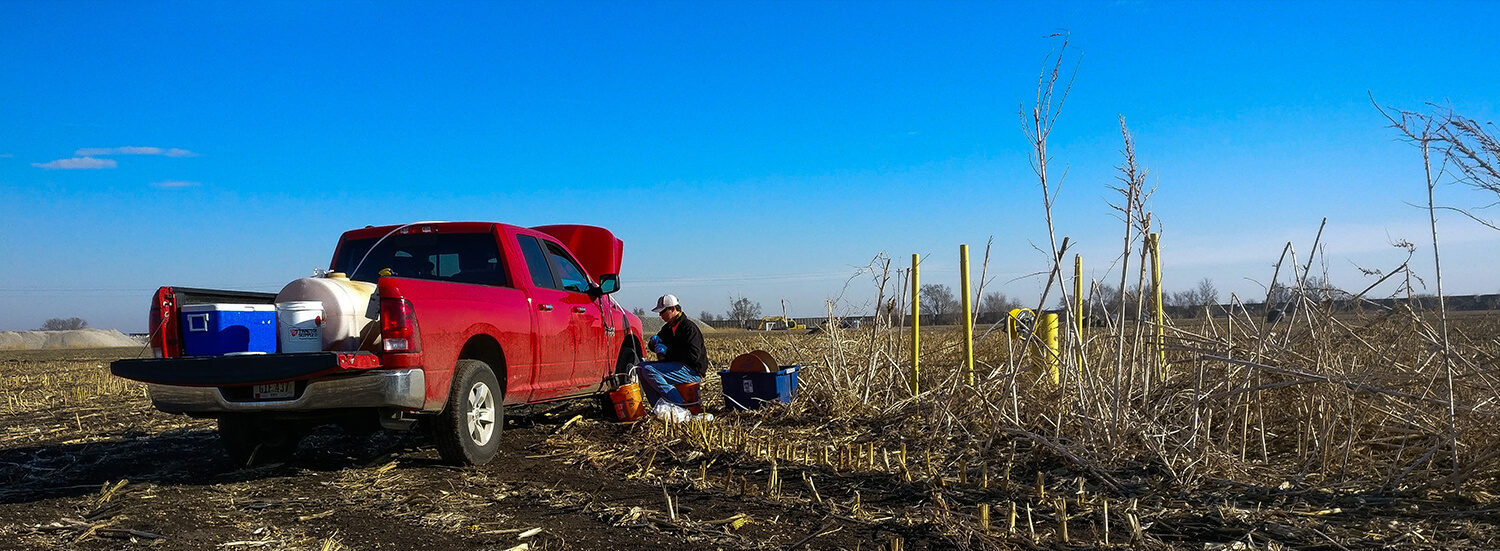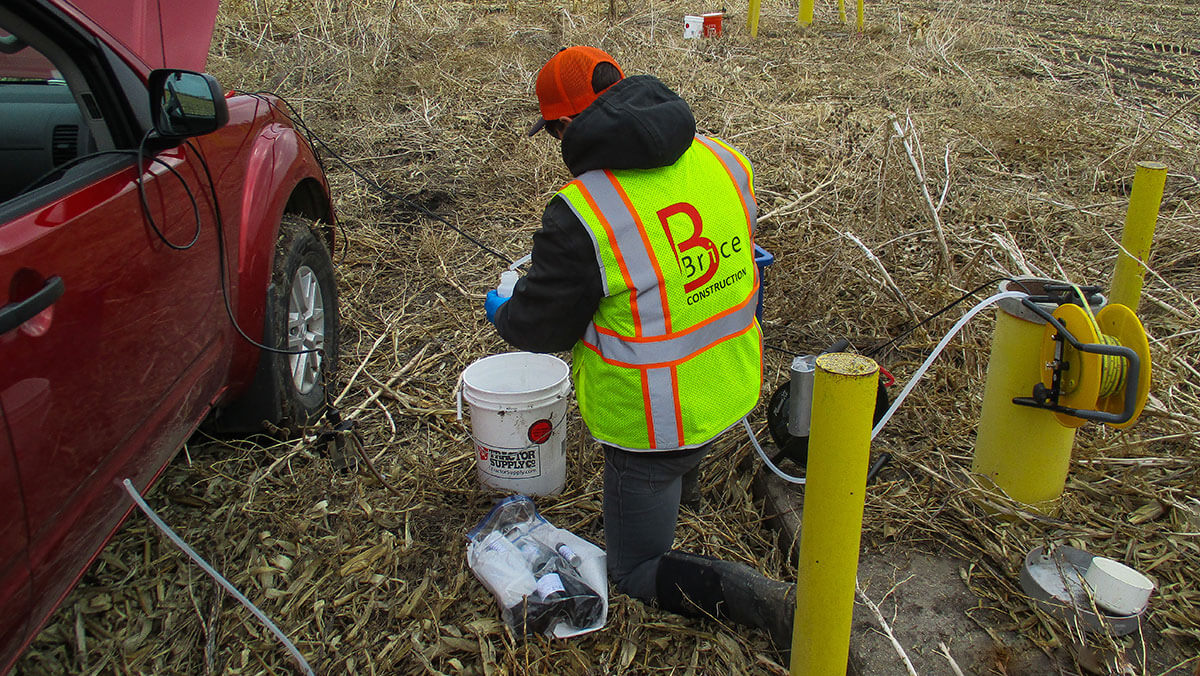Client: USACE Omaha
Location: Grand Island, Nebraska
Scope of Work:
- GWTF Remedial Action-Operation (RA-O)
- GWTF Long-term Operations/Long-term Maintenance (LTO/LTM)
Brice is performing post-ROD RA-O and remedy optimization/long-term monitoring (LTM) at the Cornhusker Army Ammunition Plant (CHAAP), an EPA-regulated site. The project includes Operable Unit (OU) 1 consisting of GW impacted by explosives compounds (TNT and RDX) from production of artillery shells, mines, bombs, and rockets during World War II and the Korean and Vietnam conflicts. OU 3 consists of VOC-contaminated GW at a former shop area. The project includes annual GW monitoring at over 90 wells at OUs 1 and 3. Additionally, subsurface injections to enhance anaerobic in situ bioremediation processes and cometabolically biodegrade TNT and RDX are being performed in remaining areas of groundwater contamination to help reduce the remedial timeframe, and subsequently, lifecycle costs at the site. Brice performed evaluations/analysis, and remedial design in compliance with CERCLA [as amended by Superfund Amendments and Reauthorization Act (SARA) and NCP] and Nebraska Department of Environmental and Energy (NDEE) guidelines and regulations.
To execute the work, Brice coordinates with local farmers and commercial facility to gain site access. In addition, because we are working alongside city streets to perform sampling, we have implemented enhanced safety measures.
Groundwater monitoring and subsequent analysis has shown that contaminant concentrations at the site (TNT and RDX) are significantly decreasing. Further, numerical modelling has suggested that operation of the extraction well is no longer required to prevent plume migration. Based on these results and simulations, Brice completed a 2 year Rebound Study while the extraction well and groundwater treatment facility were temporarily shut down. Results confirmed the numerical modeling was correct and the groundwater treatment facility could remain off. The EPA and NDEE have concurred that the groundwater treatment facility can be permanently shut down and that an LTM-only remedy is appropriate for the OU1 explosives plume. Brice completed a Focused Feasibility Study and Proposed Plan, and is currently completing a ROD Amendment to officially change the remedy from groundwater extraction and treatment to LTM with institutional controls.



 As an ANC 8(a) firm, Brice is eligible to receive sole source contracts regardless of dollar size, with no upper limit, compared with traditional 8(a) enterprises which are held to a sole source contract limit of $4 million.
As an ANC 8(a) firm, Brice is eligible to receive sole source contracts regardless of dollar size, with no upper limit, compared with traditional 8(a) enterprises which are held to a sole source contract limit of $4 million.